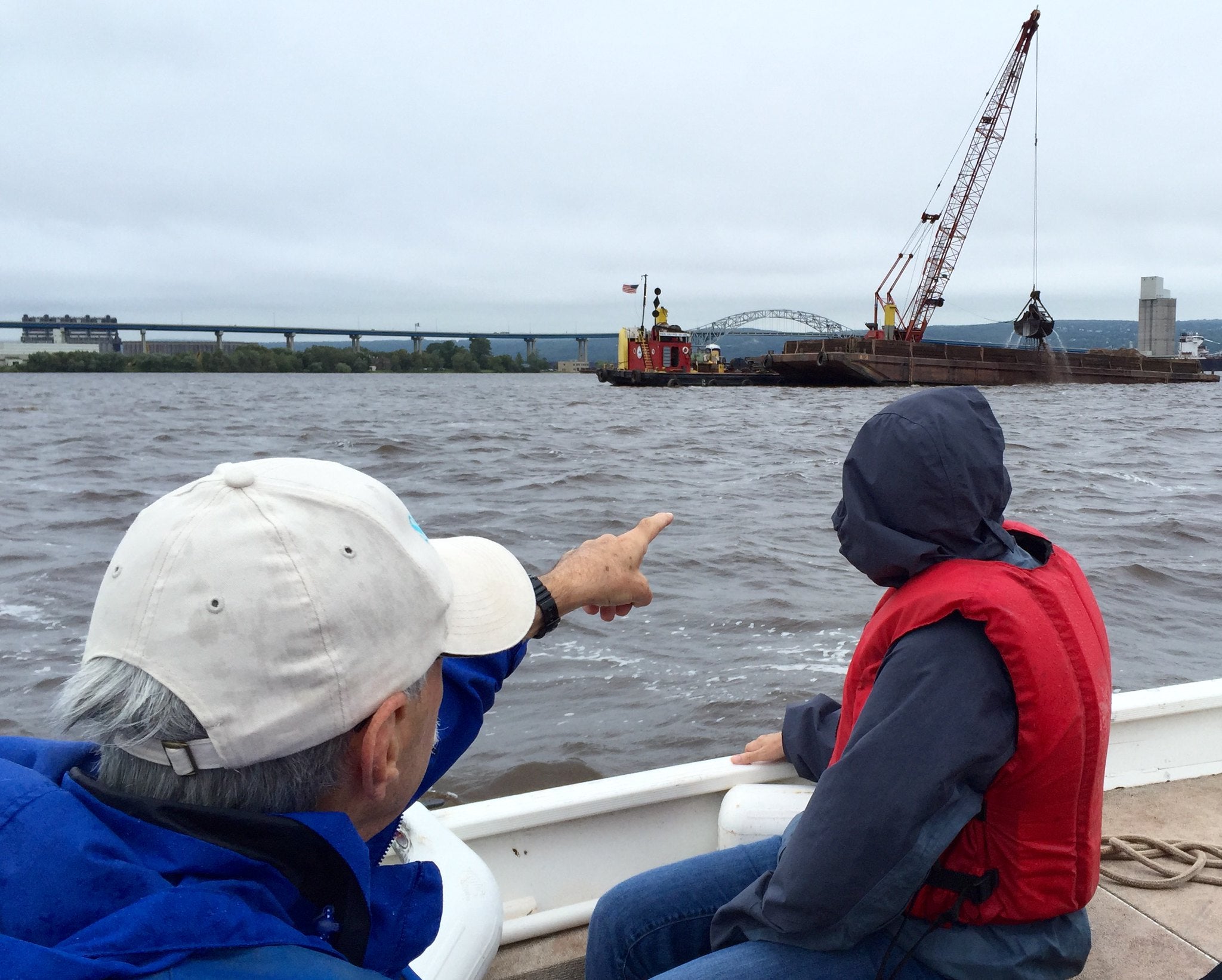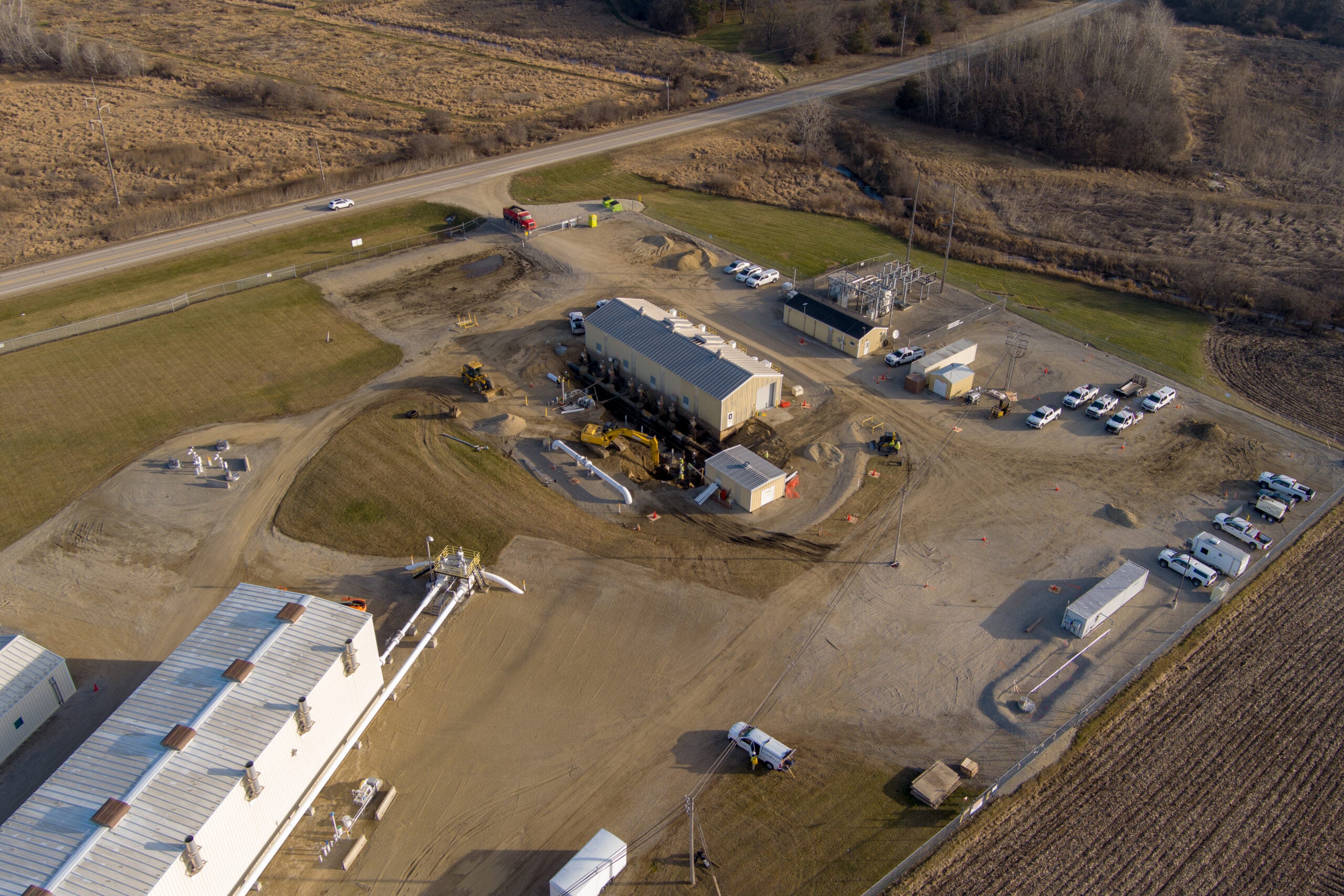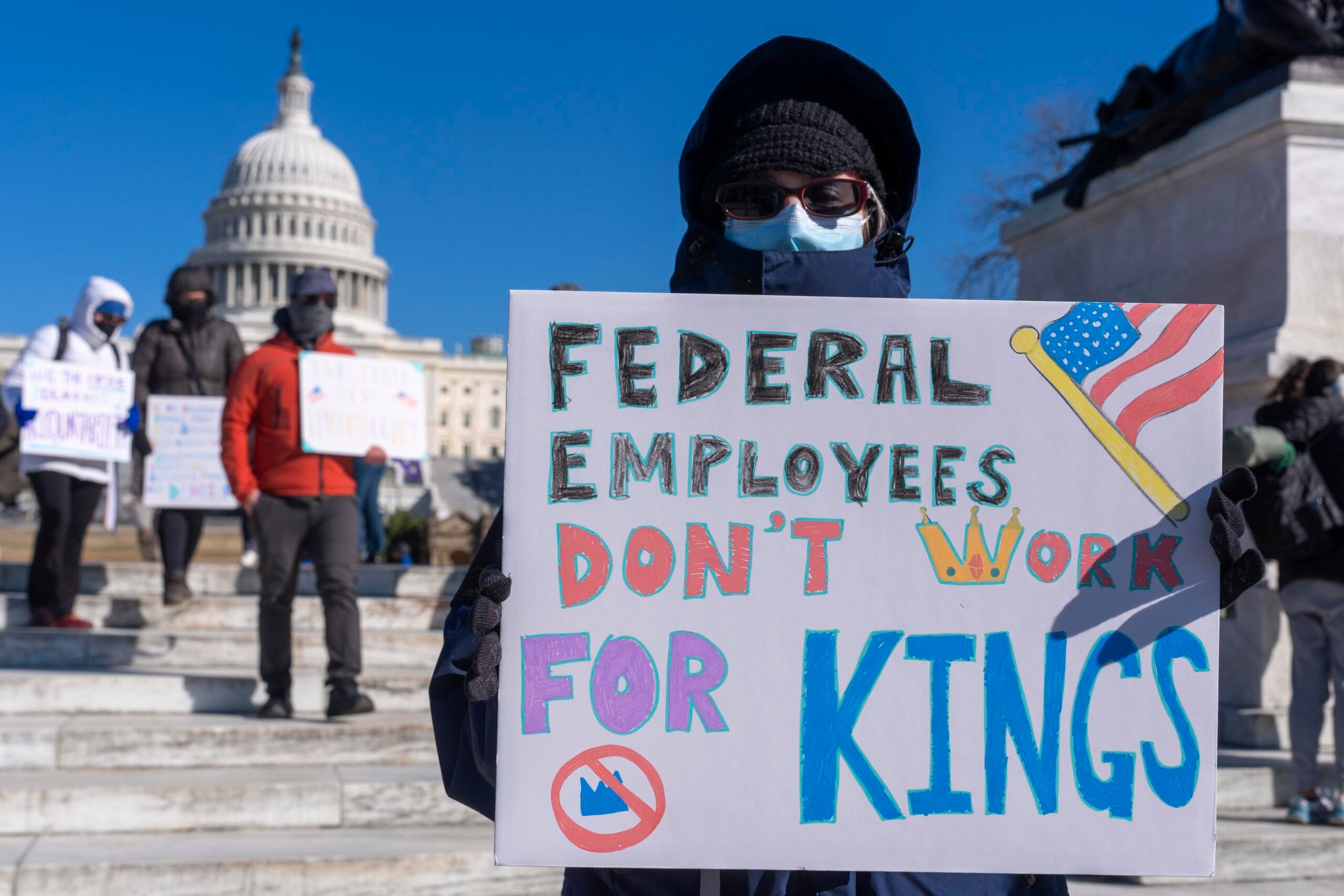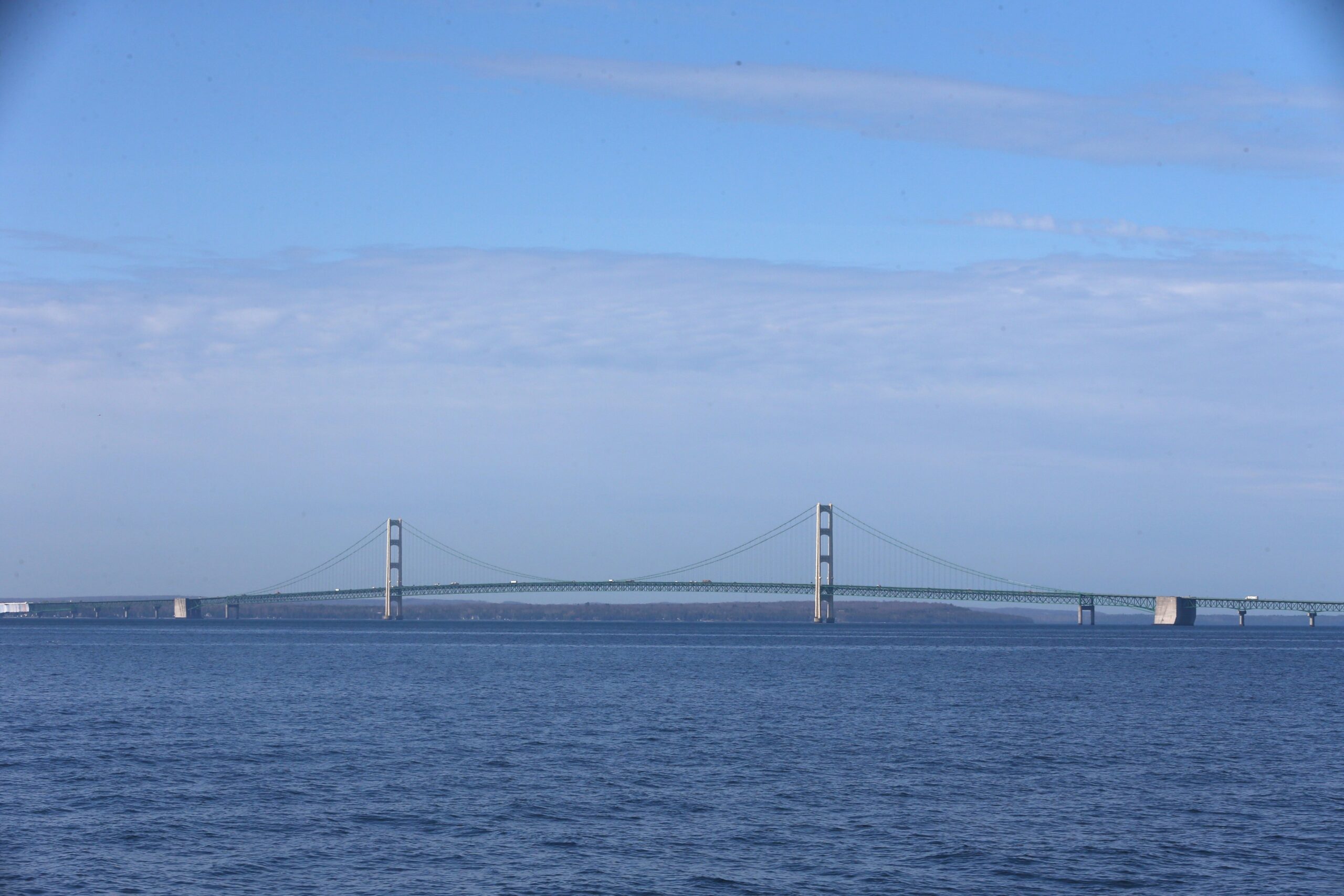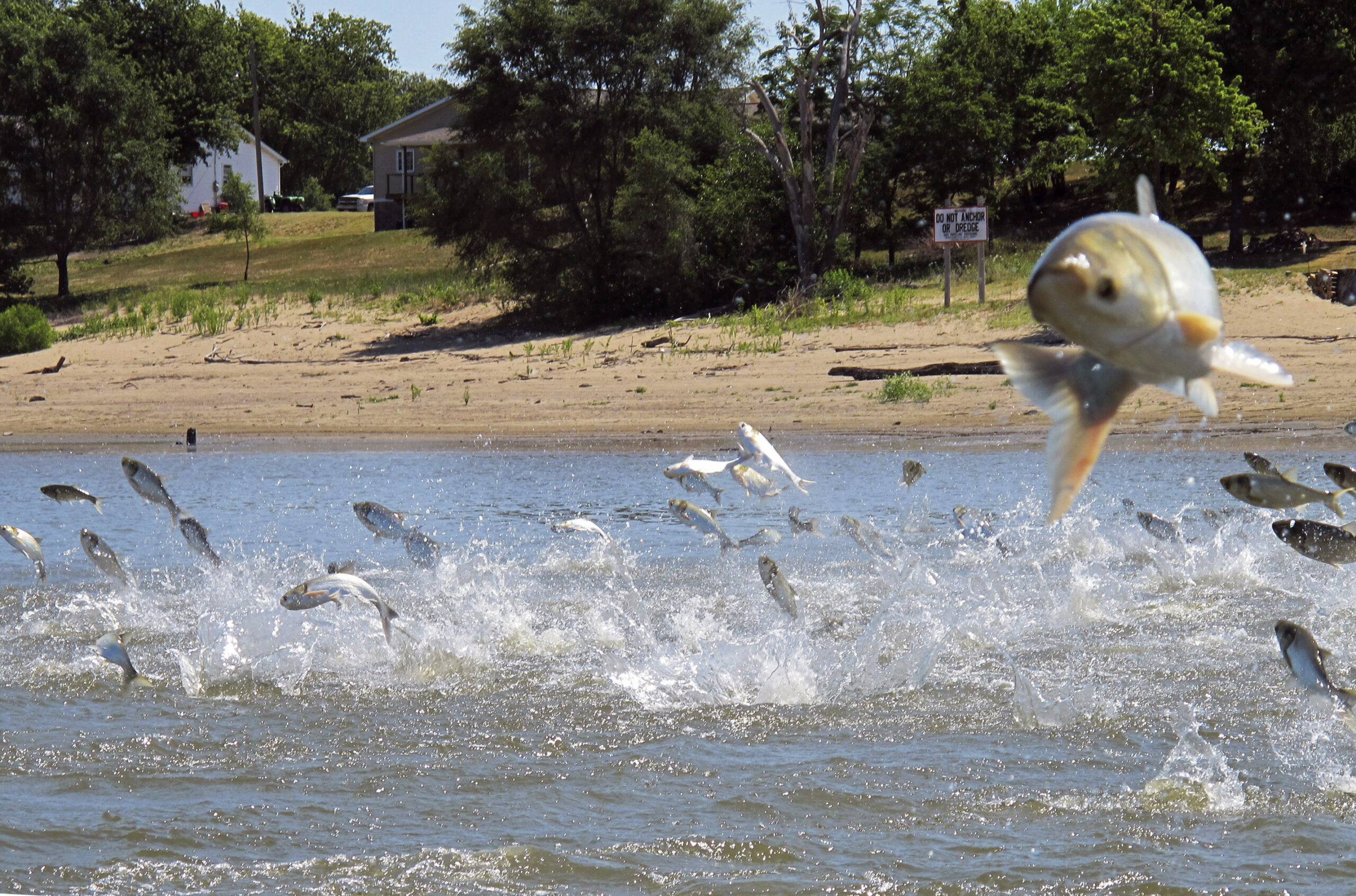Federal officials said work to restore polluted sites on the Great Lakes, including in Wisconsin, will wrap up faster than expected after a $1 billion boost from the bipartisan infrastructure plan.
President Joe Biden and the U.S. Environmental Protection Agency announced Thursday that the funding will allow regulators to clean up 22 sites contaminated by historic industrial practices within the next decade.
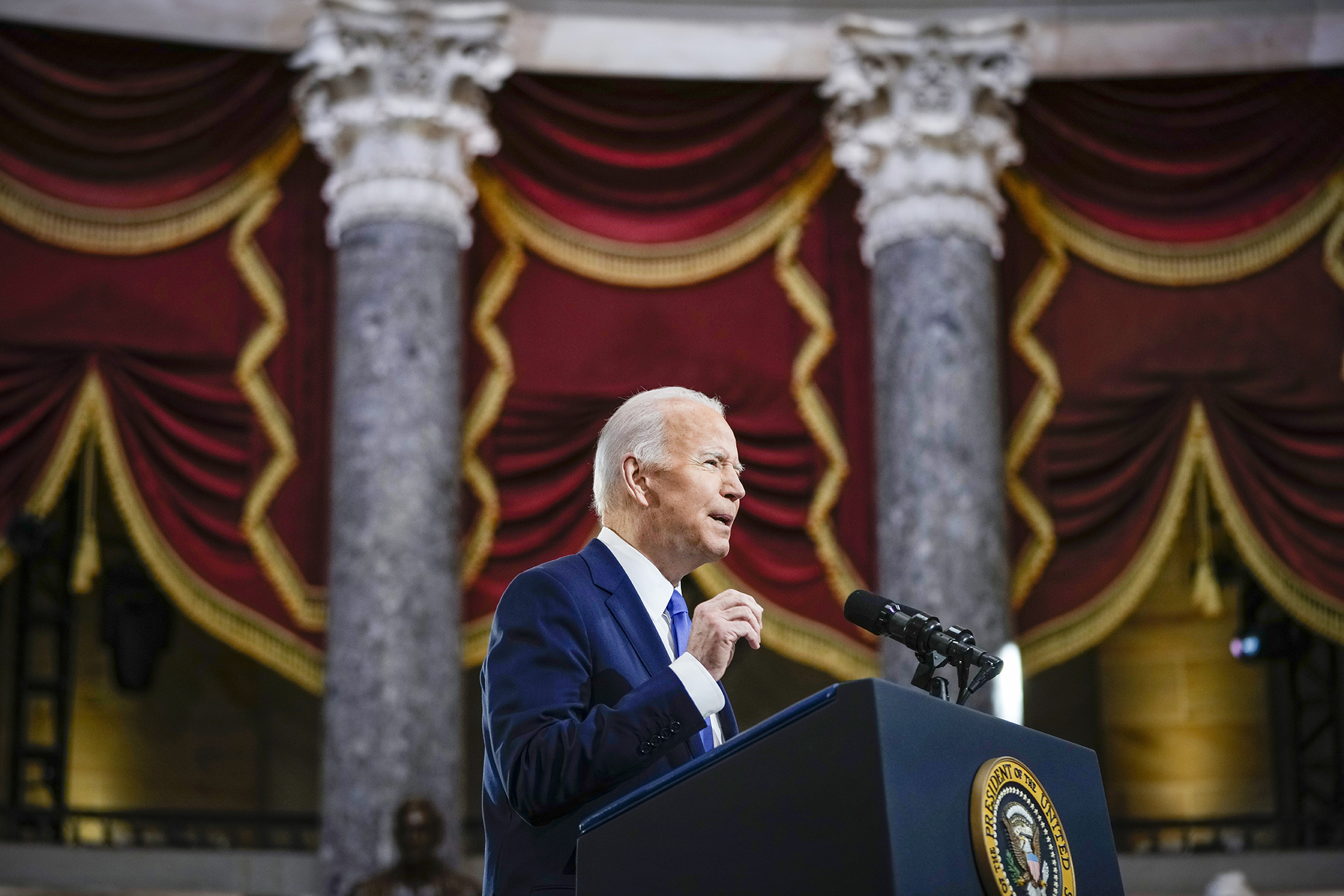
Stay informed on the latest news
Sign up for WPR’s email newsletter.
The U.S. and Canada designated 43 sites, known as Areas of Concern, or AOCs, among the most polluted across the Great Lakes in 1987.
“This $1 billion investment is going to turbocharge the cleanup and monitoring of sites across eight states in the Great Lakes Basin,” Mitch Landrieu, senior advisor to President Biden, said in a virtual White House press conference on Friday.
The infusion of federal funds means restoration activities at four of five sites listed in Wisconsin will wrap up by 2030. State and federal regulators declared the Lower Menominee River restored in 2020.
The four sites are:
- St. Louis River on Lake Superior
- Lower Green Bay and Fox River
- Sheboygan River
- Milwaukee River Estuary on Lake Michigan
The $1 billion is on top of annual funding provided to the Great Lakes Restoration Initiative. In 2020, Congress authorized funding for the Great Lakes cleanup program to grow from $300 million to $475 million each year by 2026.
The EPA anticipates it will cost nearly $2 billion to wrap up work at all sites, according to Debra Shore, the agency’s regional administrator for Region 5, which covers Wisconsin.
“Several of the big complex areas of concern, such as Milwaukee and Detroit, will cost well over $100 million each,” Shore said.
The Milwaukee River and other sites in Wisconsin have large amounts of contaminated sediments that need to be removed. Industrial practices and lacking wastewater treatment prior to the passage of the Clean Water Act in 1972 polluted waterfront areas with debris, oil, grease and waste.
[[{“fid”:”1523871″,”view_mode”:”full_width”,”fields”:{“format”:”full_width”,”alignment”:”center”,”field_image_caption[und][0][value]”:”%3Cp%3EA%20boat%20travels%20on%20the%20Milwaukee%20River%20on%20Wednesday%2C%20June%2023%2C%202021.%20%3Cem%3EAngela%20Major%2FWPR%3C%2Fem%3E%3C%2Fp%3E%0A”,”field_image_caption[und][0][format]”:”full_html”,”field_file_image_alt_text[und][0][value]”:”A blue sky backdrops tall buildings as a boat makes ripples in the Milwaukee River. “,”field_file_image_title_text[und][0][value]”:”Milwaukee”},”type”:”media”,”field_deltas”:{“2”:{“format”:”full_width”,”alignment”:”center”,”field_image_caption[und][0][value]”:”%3Cp%3EA%20boat%20travels%20on%20the%20Milwaukee%20River%20on%20Wednesday%2C%20June%2023%2C%202021.%20%3Cem%3EAngela%20Major%2FWPR%3C%2Fem%3E%3C%2Fp%3E%0A”,”field_image_caption[und][0][format]”:”full_html”,”field_file_image_alt_text[und][0][value]”:”A blue sky backdrops tall buildings as a boat makes ripples in the Milwaukee River. “,”field_file_image_title_text[und][0][value]”:”Milwaukee”}},”link_text”:false,”attributes”:{“alt”:”A blue sky backdrops tall buildings as a boat makes ripples in the Milwaukee River. “,”title”:”Milwaukee”,”class”:”media-element file-full-width media-wysiwyg-align-center”,”data-delta”:”2″}}]]
Cheryl Nenn, with Milwaukee Riverkeeper, said the funding represents a generational opportunity to clean up legacy pollution.
“That will benefit aquatic life and people as well,” Nenn said. “I think we really deserve clean water where people can safely swim and fish and deserve clean water that people can drink.”
The Great Lakes provide drinking water to 40 million people. A 2020 analysis found they support more than 1.3 million jobs that generate $82 billion in wages each year. The Great Lakes cleanup program has received bipartisan support from Congressional lawmakers, including Democratic U.S. Sen. Tammy Baldwin.
“This investment will improve the health and well-being of Wisconsin families and boost jobs, tourism and recreation across the state,” Baldwin said.
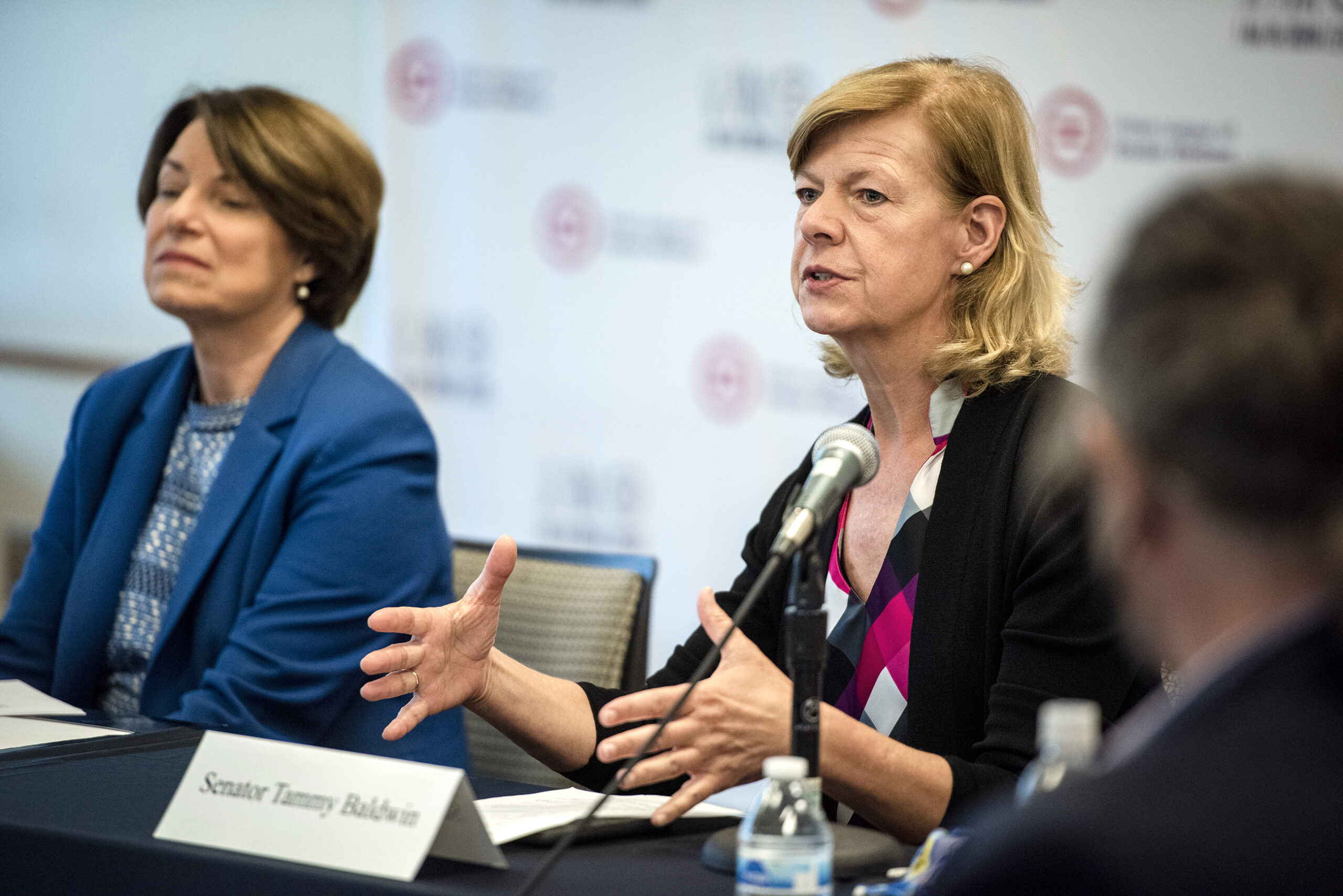
While work on the Milwaukee River is set to wrap up by 2030, Shore said regulators will continue to monitor the health of fish populations for about five years after that. She said about $200 million has already been spent to clean up the St. Louis River, the second-largest polluted site on the U.S. side of the Great Lakes. Agencies in Wisconsin and Minnesota are overseeing restoration work there. That includes the removal of contaminated sediments at the U.S. Steel site on the Spirit Lake area of the river.
Additional federal investment is a welcome relief as competition for funding has increased to wrap up work on polluted sites, said Barb Huberty, the river’s AOC coordinator with the Minnesota Pollution Control Agency.
“Projects that we thought might get deferred because of competition, now we’ll be able to proceed with along the timeline we anticipate,” Huberty said.
The Obama-era cleanup program has devoted nearly $3 billion to more than 6,000 projects seeking to restore sites across the Great Lakes. In Wisconsin, the program has provided more than $525 million to hundreds of projects, according to the Wisconsin Department of Natural Resources.
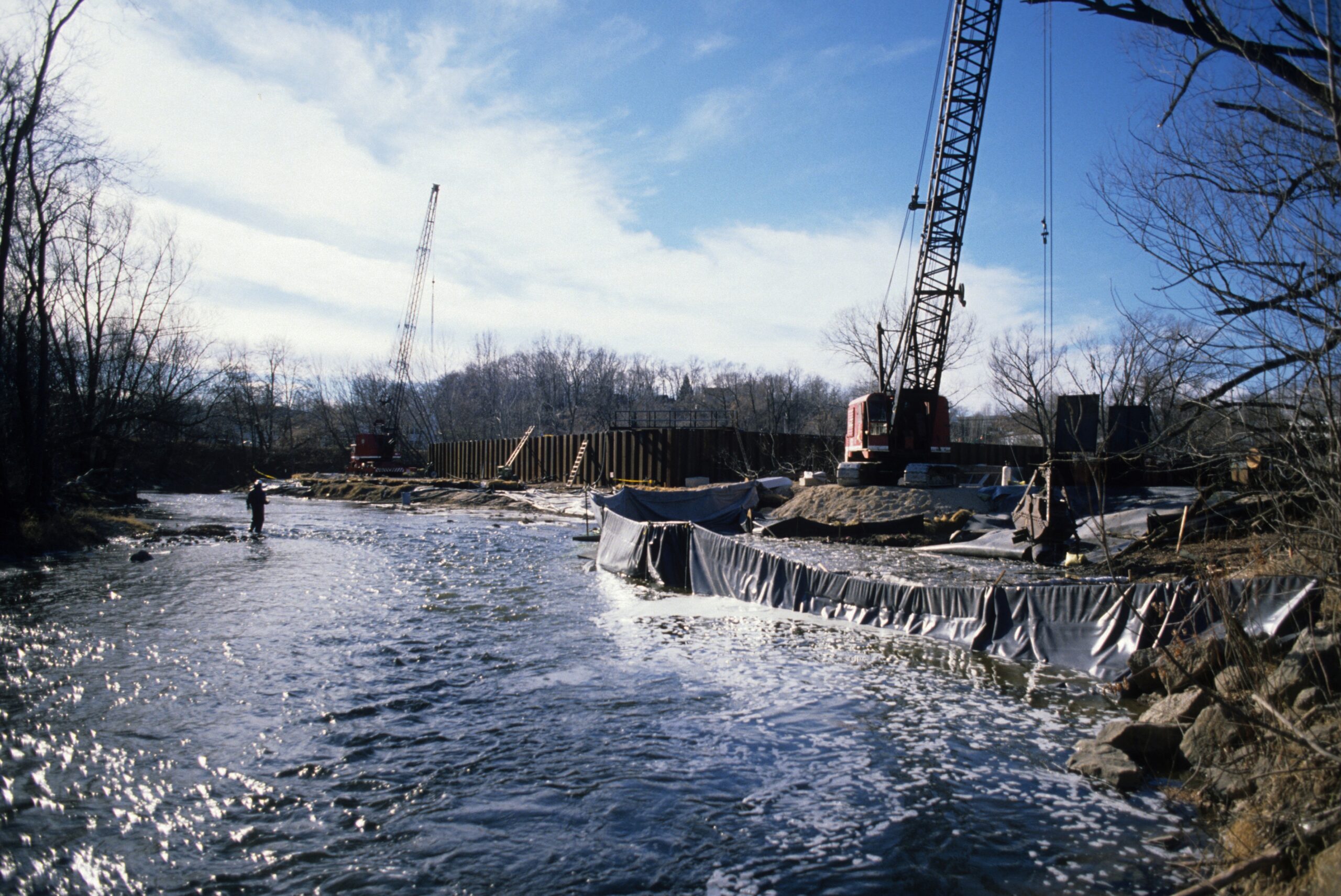
“Cleaning up these polluted hot spots is a priority across our state for both our public health and economic future,” Steve Galarneau, director of Wisconsin DNR Office of Great Waters, said in a statement. “We will continue to work closely with our Great Lakes communities and partners to ensure that Wisconsinites have access to clean water and that businesses can thrive in areas not threatened by pollution.”
Shore highlighted infrastructure funding will be awarded in line with the Biden administration’s goal to provide at least 40 percent of federal funds toward underserved communities like Milwaukee that have been overburdened with pollution.
Kirsten Shead, co-executive director of Milwaukee Water Commons, said funding alone won’t solve environmental justice concerns.
“But, we need funding directed at them, and I think we have strong leadership here in Milwaukee that can make sure that as we’re doing this cleanup work, as we’re doing restoration work, that environmental justice is being addressed,” Shead said.
Federal officials said the infrastructure funding will free up money under the Great Lakes program to address other priorities, including nutrient pollution, forever chemicals like PFAS and climate change.
Jessica Schultz, executive director of Fox-Wolf Watershed Alliance, said she’s optimistic the investment will help address problems in the Fox River and Lower Green Bay.
“With the increased nutrients in the Fox River and Green Bay, we’re seeing more intense … more frequent, harmful algal blooms, which is the biggest concern that we have for human health with water quality,” Schultz said.
Federal environmental regulators expect to finish work by 2030 on all but three of the remaining 25 sites in the U.S. that have yet to be fully restored. The St. Lawrence River in New York and Michigan’s Kalamazoo and Saginaw Rivers will take longer to complete.
Wisconsin Public Radio, © Copyright 2025, Board of Regents of the University of Wisconsin System and Wisconsin Educational Communications Board.
